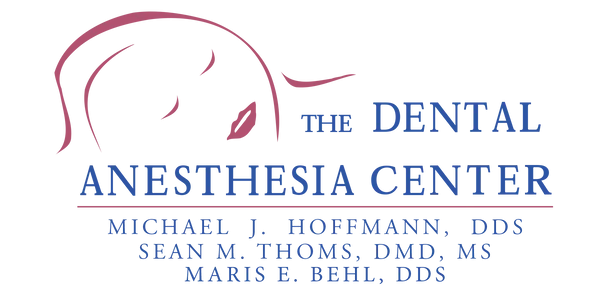As we learn more about how our oral health impacts our overall health, we discover a connection between gum disease and strokes.
Every four minutes, someone dies from a stroke! In fact, stroke is the fifth leading cause of death and disability in the United States. As we learn more about how our oral health impacts our overall health, we discover a connection between gum disease and strokes.
However, there are several health issues associated with untreated gum disease. Schedule an appointment with the Dental Anesthesia Center today if you suspect any signs of plaque or tartar build-up on your teeth. That way, you can protect your overall health and have a perfect set of pearly whites.
What Is a Stroke?
To understand the connection between oral hygiene and stroke, it’s essential to understand what a stroke is and who is at an increased risk of suffering from one.
A stroke occurs when a blood vessel that carries oxygen and nutrients to the brain bursts or is blocked by a clot. When oxygen can no longer reach the brain, cells begin to die, and damage occurs.
When someone experiences a stroke, they begin to show physical signs, including a drooping face, arm weakness, or impaired speech. While a stroke can affect almost anyone at any age, specific groups of people are at a greater risk. These include:
- People 65 and older – The risk of stroke increases with age. The majority of stroke victims are 65 or older.
- African Americans – Statistics prove that African Americans have twice the risk of stroke than Caucasians and are the most likely group to die from stroke.
- Those with poor lifestyle choices – Smoking, sedentary lifestyle, obesity, and conditions like high blood pressure and diabetes have contributed to strokes.
Studies have shown that there is another group at greater risk of stroke – patients with poor oral hygiene practices. Poor oral health often results in the development of gum disease. Research indicates that there is a connection between the two.
What is Gum Disease?
Gum disease is an infection of the gums that, left untreated, will eventually spread to the bones connected to the support and functionality of your teeth. Unfortunately, gum disease is a condition that can develop undetected until it is bad enough to show visible symptoms. The obvious signs of periodontal disease are red, swollen gums, bleeding while brushing your teeth, flossing or eating hard food, bad breath, and receding gums.
How Gum Disease is Connected to Stroke
Inflammation is the main link between stroke and gum disease. The bacteria associated with gum disease is an infection of the mouth. The bacterial infection can enter the bloodstream. Inflammation makes it more likely for blood to clot, leading to a stroke.
It is still unclear whether inflammation from gum disease results in vascular inflammation; however, studies show a link. Clearly, more research needs to be done. But one thing is clear – good oral hygiene habits are essential for having good overall health.
Call Us Today
The first two board-certified Dentist Anesthesiologists in the state of Missouri.
